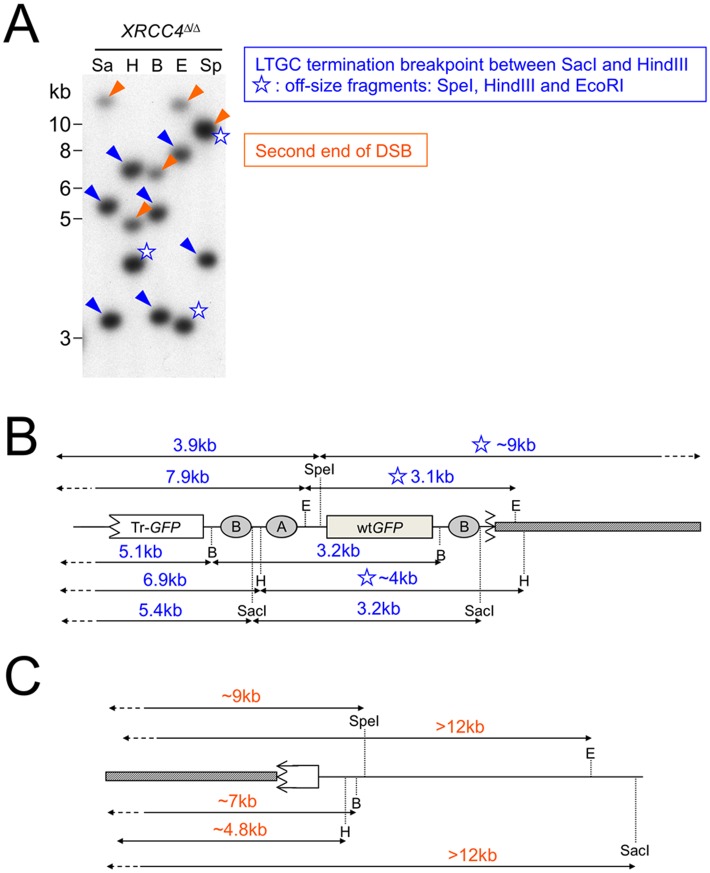Fig 5. Restriction mapping of an aberrant LTGC rearrangement in XRCC4Δ/Δ HR/SCR reporter cells.
(A) Restriction analysis of aberrant LTGC product in XRCC4Δ/Δ HR/SCR reporter cells. Genomic DNA was digested with the restriction enzymes shown and analyzed by Southern blotting (GFP probe). Restriction enzymes used were SacI (Sa), HindIII (H), BamHI (B), EcoRI (E) and SpeI (Sp). Patterns suggest that LTGC was terminated by non-canonical mechanisms. Blue arrow-heads: deduced products of non-canonical LTGC termination. Blue star: off-size restriction fragments of HindIII, EcoRI and SpeI digests are inconsistent with rejoining with the second end of the original I-SceI-induced DSB (compare with Fig 2). Orange arrow-heads: fainter bands may represent the half-copy of GFP retained by the second end of the original I-SceI-induced DSB. Note that the upper band of SpeI-restricted gDNA has a greater intensity than other bands, suggesting presence of two distinct co-migrating GFP-hybridizing fragments, or a single fragment containing >1 copy of GFP. (B) Deduced rearrangement of the non-canonically-terminated LTGC. Blue star: off-size restriction fragments of HindIII, EcoRI and SpeI digests. Note that each of these off-size fragments spans the predicted breakpoint of LTGC termination. This suggests that this LTGC event terminated by rejoining to ectopic chromosomal sequences (grey bar in the figure). (C) Deduced rearrangement of the second end of the DSB. Note that GFP-hybridizing fragments of SpeI, BamHI and HindIII restriction digest are off-size, potentially consistent with rejoining of the second end of the DSB with ectopic chromosomal sequences (grey bar).

